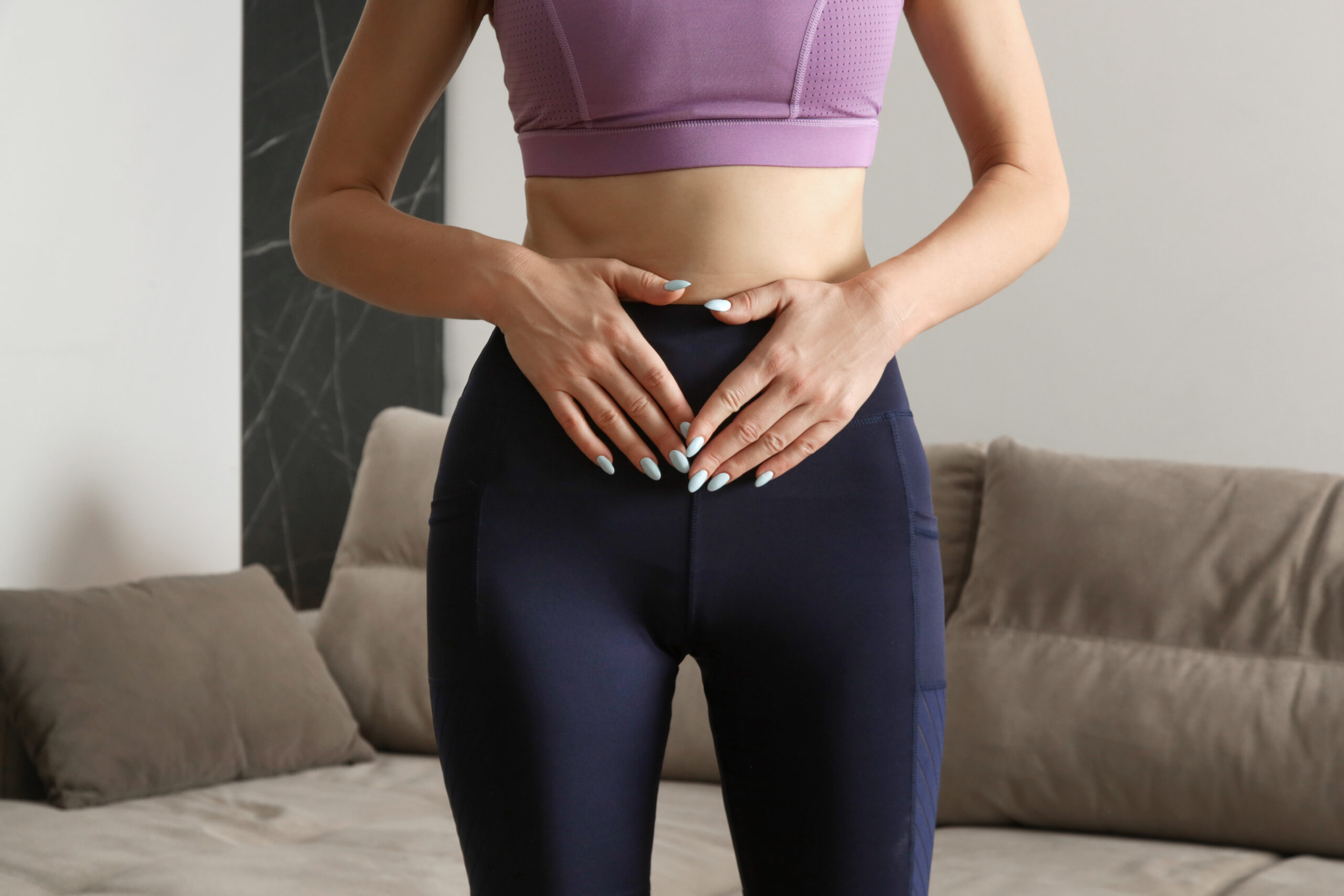As a coach working closely with women’s fitness, I know how confusing the advice around training and your menstrual cycle can be. You’ve probably heard things like, “Train harder in the follicular phase!” or “Take it easy during the luteal phase!” But does science actually support changing your workout routine based on where you are in your cycle?
Let’s cut through the noise and dive into what recent research really says about menstrual cycle and resistance training.
⬇️ Watch the full video below for my breakdown of the latest science:
Does menstrual cycle phase influence muscle anabolism?
Have you ever been told to change your workout routine depending on where you are in your menstrual cycle? Maybe you’ve heard claims like, “Train harder in the follicular phase!” or “Take it easy during the luteal phase!” But… is there any truth to this? Does your physiology really respond differently to resistance training across the menstrual cycle?
For premenopausal women, it’s easy to feel confused with all the advice flying around on social media. That’s where I come in—to cut through the noise and bring you the latest science.
Let’s dive into a recently published study that set out to investigate exactly this topic (1). Researchers explored how resistance exercise impacts muscle protein synthesis (MPS)—the process of building new muscle—and muscle protein breakdown (MPB)—the process of clearing out damaged muscle proteins—across two distinct menstrual cycle phases: the follicular and luteal phases.
Here’s how the study worked:
Twelve women performed four bouts of resistance exercise—two during the follicular phase, where oestrogen is dominant, and two during the luteal phase, where progesterone levels peak. The researchers used gold-standard methods to track changes in muscle metabolism over the study period.
The study confirmed the expected hormone fluctuations between the phases—higher oestrogen in the follicular phase and more progesterone in the luteal phase. However, when it came to muscle protein synthesis and breakdown… there were no significant differences between the two phases!
In simpler terms:
The menstrual cycle didn’t influence the anabolic effects of resistance training.
Resistance exercise stimulated muscle anabolism equally in both phases!
So, from a purely physiological standpoint, there may not be a need to adjust your resistance training based on your menstrual cycle. Your muscles respond just as well to exercise in the follicular phase as they do in the luteal phase, provided you’re training with high levels of effort. Longer-term studies are needed to confirm this thesis, but this well-executed research is certainly promising.
Should you adjust your workouts?
Now, that doesn’t mean you shouldn’t adjust your workouts if you want to. Many women experience shifts in energy, motivation, and perceived effort throughout their cycle, and it’s perfectly valid to adapt your training to how you feel.
For example:
✔️ Go lighter during the luteal phase if you’re feeling fatigued.
✔️ Ramp up the intensity in the follicular phase if your energy is higher.
The key takeaway here is that your menstrual cycle isn’t a limiting factor for muscle growth. What matters most is consistency, effort, and listening to your body.
Want expert training guidance that adapts to you?
Check out BiaFit—my app where you’ll find evidence-based programs, macro-friendly recipes, progress tracking, and more.
Let me know in the comments: Do you adjust your training during your cycle? What’s your experience?
Reference:
- Colenso‐Semple LM, McKendry J, Lim C, et al. Menstrual cycle phase does not influence muscle protein synthesis or whole‐body myofibrillar proteolysis in response to resistance exercise. The Journal of Physiology. 2024.
#WomensFitness #MenstrualCycleTraining #StrengthTrainingForWomen #HormonalHealth #MuscleGrowth #ResistanceTraining #BiaFit #FitnessScience #WorkoutTips

Holly T. Baxter is an Australian Dietitian with over 13 years of experience in health and fitness. She holds a degree in Food Science and Nutrition and a Master of Dietetics from Deakin University. A former professional physique athlete, Holly has two World Championship titles. Her latest project, BiaBody, is dedicated to women’s health and fitness. As an APD Dietitian and Online Physique Coach, she focuses on evidence-based health education and empowering women through fitness.

